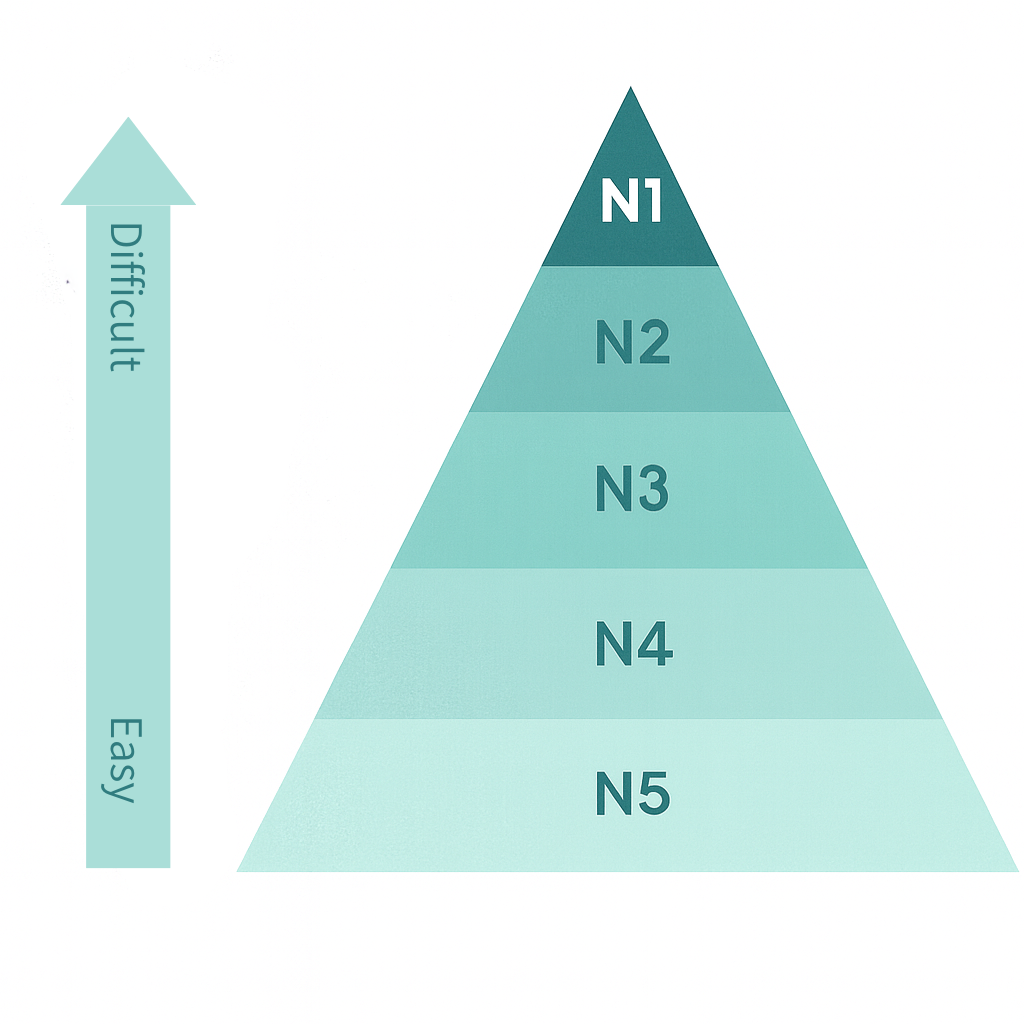JLPT (Japanese Language Proficiency Test) Guide
JLPT (Japanese Language Proficiency Test) is the world's largest-scale Japanese language examination that measures the Japanese proficiency of non-native speakers. Started in 1984, it is currently hosted by the Japan Foundation and Japan Educational Exchanges and Services.
The test is divided into 5 levels from N1 to N5, with N1 being the most difficult and N5 being the easiest level. N1 represents advanced Japanese proficiency at university level, while N5 represents the level of understanding basic Japanese. The test content consists of three areas: "Language Knowledge (Characters, Vocabulary, Grammar)," "Reading Comprehension," and "Listening Comprehension."
Conducted twice a year (July and December) worldwide, it is widely used as proof of Japanese proficiency for employment in Japan, academic advancement, and residence status applications. Upon passing, a certificate is issued, which is recognized as an official qualification that can be included on resumes.

JLPT Level
- 🔥N1 (Advanced)Can understand Japanese used in a wide variety of circumstances
- 🌟N2 (Upper Intermediate)Can understand Japanese used in everyday situations and in a variety of circumstances to a certain degree
- ⭐N3 (Intermediate)Can understand Japanese used in everyday situations to a certain degree ※"Bridge" level between N1・N2 and N4・N5
- 💫N4 (Elementary-Intermediate)Can understand basic Japanese
- 🌱 N5 (Elementary)Can understand basic Japanese to a certain degree
References : JLPT N1~N5:認定の目安 | 日本語能力試験 JLPT

 Choose Language
Choose Language  中文
中文  日本語
日本語